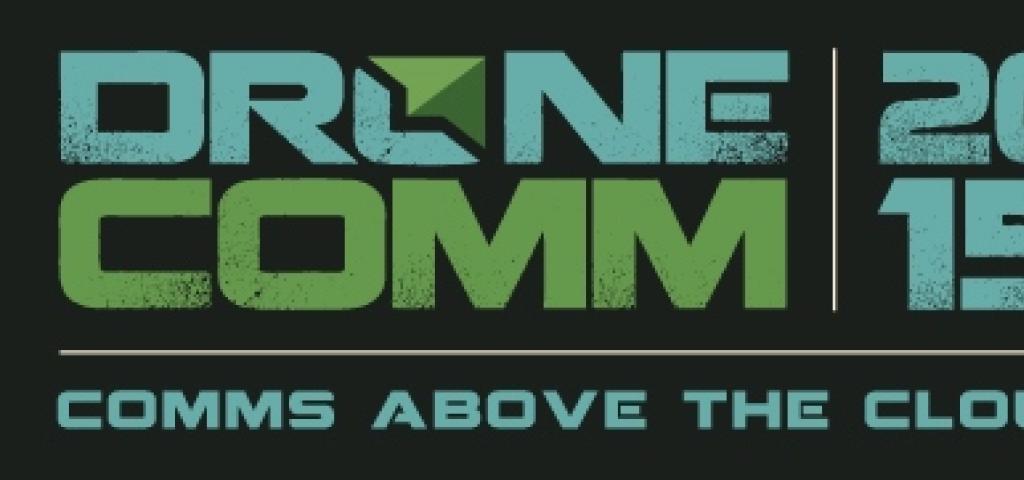
DroneComm: Connecting the dots between next-generation IP network drones and IoT

This week, Wind River had the opportunity to be the Super Platinum sponsor of DroneComm 2015, a conference that is “all about connecting the dots between next-generation IP network drones and IoT.” I participated in a panel discussion focused on early applications for commercial drones.
I’ll share with you a few of the questions posed to the panelists, as well as my summary of the responses.
1. Question: State of the global market- where is the innovation?
Response: The devices (sUAS) are built, available, and they work. Innovation is required around analytics – translating data into actionable intelligence. Additionally, furthering autonomous technology will promote the adoption of application since it will address use cases and feed business models. Lastly, there is work to be done in the area of standards and regulation.
2. Question: What market forces are shaping the early applications?
Response: Small UAS is seen as an inexpensive and widely available technology. This certainly helps to drive early adoption. Naturally, use cases that promote safety (remove humans from harm’s way), involving hard-to-reach locations (remote oil rigs or wind farms), or covering large areas (millions of miles of transmission lines or pipelines) have surfaced. Ultimately, capturing new streams of data will drive business transformation and / or operational optimization.
3. Question: What are the early applications?
Response: Early applications include precision agriculture, inspection / monitoring, mapping / surveying, film / photo / video, and public safety / first responders
4. Question: Are there generic limitations for these applications?
Response: FAA published small UAS notice of proposed rulemaking on Feb 23, 2015 including: Up to 500 feet high, VLOS, speed (100 mph), restriction on operators (age, vetted by TSA), <55 lbs, daylight only. An overview of this notice can be found in the following link:
5. Question: What are the specific challenges for each market?
Response: The challenges vary by application and use case. However, there are a few that span across each market. Regulation is certainly one that will evolve over time, starting with the above mentioned notice. From a technology standpoint, security and battery life (and storage) are items that require continuous attention.
6. Question: What is the time frame for significant adoption?
Response: Based on the last Gartner hype cycle, we should expect it to reach ‘plateau of productivity’ (mainstream adoption) in 5-10 years. Over the last 3 years, it has worked its way near the ‘peak of inflated expectations’. Early commercial use cases are critical in surviving the ‘trough of disillusionment.’
7. Question: Is a limitation just our imagination?
Response: Trust is a critical element in successfully using sUAS for commercial application. This implies the secure and safe operations and handling of data. An example of this trust is furthering autonomous technology, which will in turn drive more adoption within the commercial space. Working with regulators and lawmakers, state and federal alike, to demonstrate security and safety is a critical task in shaping legislation and changing public perception for the better.
It is exciting to see this natural extension of IoT. With Wind River’s deep expertise and history in aerospace and defense and unmanned systems, along with Wind River Helix (our comprehensive portfolio of solutions for addressing the system-level challenges and opportunities of IoT), we have a great opportunity in front of us to drive success in this market.

